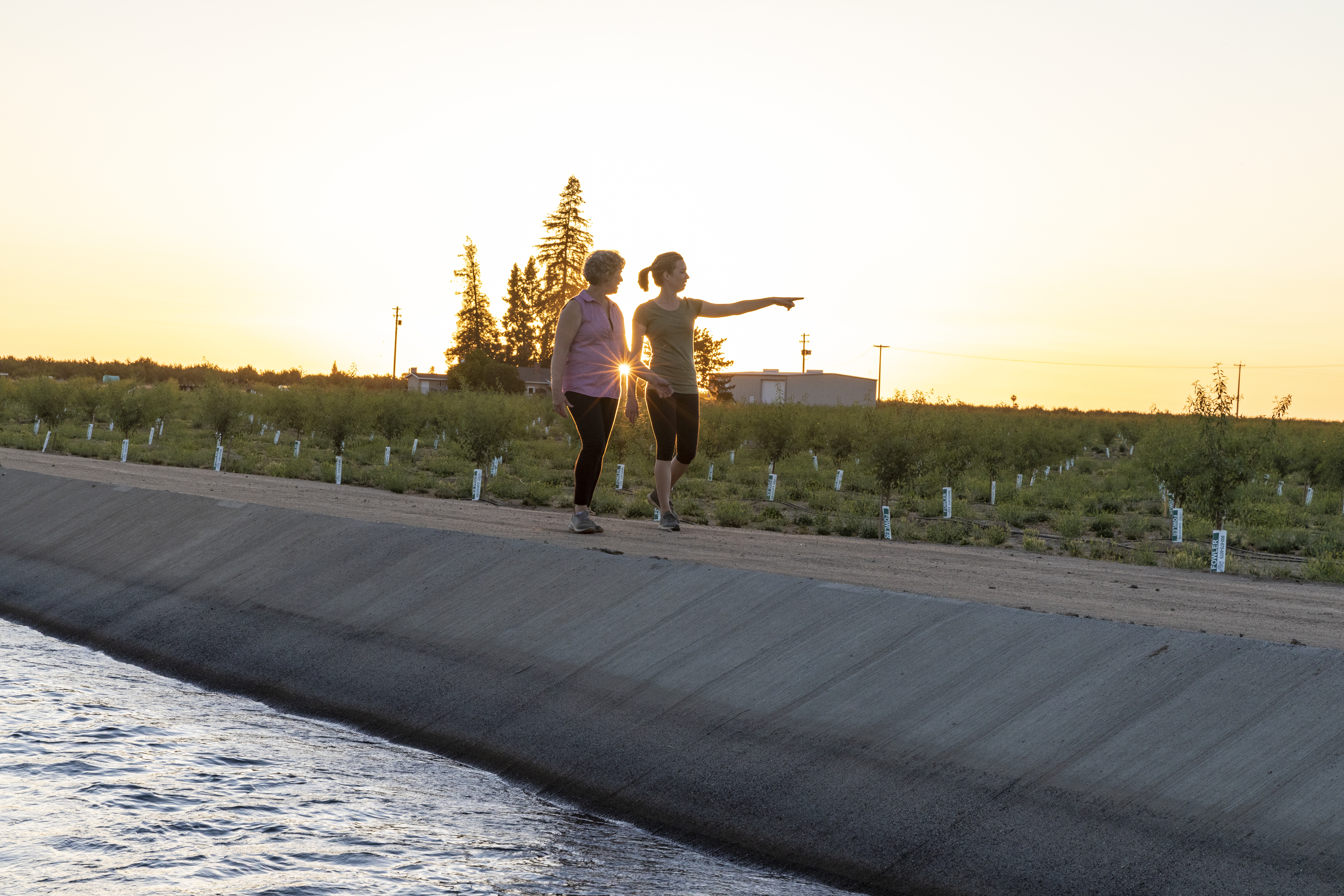Citing budget shortfalls due to a growing staff, the State of California announced in September it will increase water quality fees by nearly 12 percent for thousands of farmers, including almond growers, who are members of irrigated lands coalitions.
 The State of California recently announced it will increase water quality fees by 11.7%, a decision impacting thousands of California farmers including almond growers.
The State of California recently announced it will increase water quality fees by 11.7%, a decision impacting thousands of California farmers including almond growers.
Many farms may not notice the increases right away as some irrigated lands coalitions are tightening their belts to help control their members’ costs, at least for now.
On September 18, the State Water Resources Control Board (Water Board) took its usual annual look at water quality fees and determined – as it has frequently in recent years – that further increases were needed. While the agency has seen its overall number of staff shrink in recent years, it has increased the number of people assigned statewide to oversee farmers, due to additional water quality regulations.
Farmers who irrigate are permitted under the Irrigated Lands Regulatory Program, or ILRP. The Water Board staff estimated that nearly $7.8 million is needed to run the program during the state’s 2019-2020 fiscal year, which began in July 2019. However, the 2018-2019 fee structure would have only raised about $7 million, they said.
The state says it uses the fees to protect water quality, primarily by ensuring farmers use best practices to prevent fertilizer, pesticides and sediment from entering rivers, streams and canals, or from seeping into groundwater. This is done by hiring staff to ensure coalitions are conducting monitoring programs and collecting nutrient management reports from farmers.
To make up for the forecasted budget shortfall, the state raised its fee for farmers by 11.7 percent, to $1.08 per acre. That fee is not paid directly by growers; rather, it’s part of the fee they pay for membership in an ILRP coalition. The total fees such coalitions charge range from under $2 per acre to as much as $7 per acre, based on a variety of reasons, including monitoring costs varying in different regions, the number of irrigated acres that share the costs and more.
The East San Joaquin Water Quality Coalition, one of the largest ILRP coalitions with more than 3,400 members farming over 700,000 acres, will be not be changing its dues despite the increase from the state, said Parry Klassen, chairman of the coalition’s board of directors.
“For the fourth year in a row, membership dues will remain unchanged in 2020 at $4 per acre,” Klassen said. “This is despite three years of increase in fees charged by the State Water Board.”
The state also increased fees in 2016, 2017 and 2018, but State Water Board staff said that – partly due to concerns expressed by fee payers over the rising costs – it did not raise the fees high enough in any of those years to fully cover costs, which led to the need for more increases the following year.
Klassen said the continued state increases are “making it a challenge for all Central Valley coalitions to hold down their annual dues levels.” However, he said that at least for now, increased revenues from new members and coalition late fees have helped offset the need to increase dues.